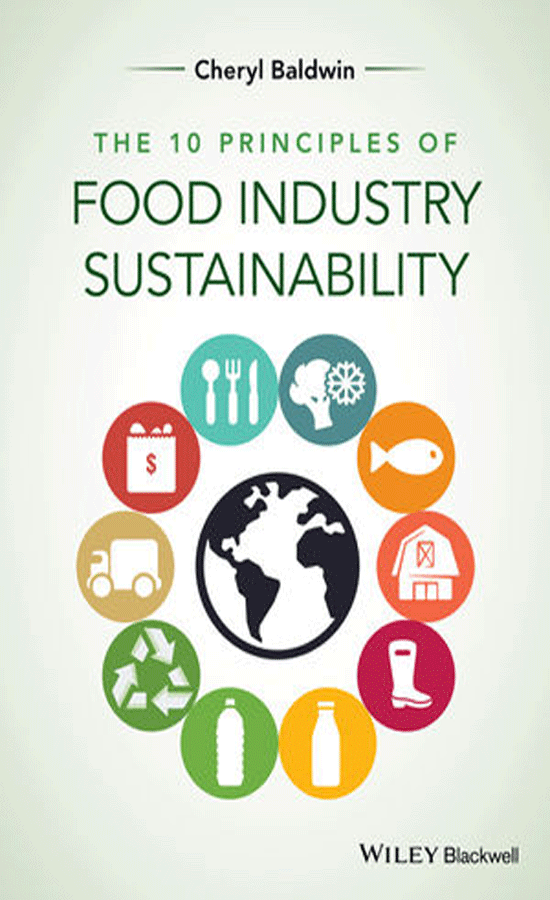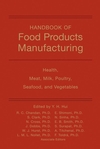Eighty-five percent of global consumers in an online survey say rising food prices will impact their choice of grocery products, according to a new study by Nielsen, a leading global provider of information and insights into what consumers watch and buy.
“With the global middle class growing by 70 million each year and food prices expected to more than double within 20 years, fast-moving consumer goods (FMCG) companies in many markets are preparing for an unprecedented period of rising demand, economic pressures and aspirationally-driven buying behavior,” said James Russo, senior vice president, Global Consumer Insights, Nielsen. “FMCG companies focusing solely on consumer income as a barometer of spending habits, however, are unlikely to fulfill their business growth expectations because this is not a middle class only trend. Food inflation impacts all consumer incomes. By looking instead at consumer diversity, spending flexibility and the consumer demand landscape, FMCG companies can better understand real-world buying potential and more accurately scale goods and services to meet the needs of consumers in both developed and developing markets around the world.”
The Nielsen Global Survey of Inflation Impact surveyed more than 29,000 Internet respondents in 58 countries to understand how respondents around the world of all income ranges adjust to rising food prices.
Impact of Rising Food Prices on Spending
Nielsen’s information shows that in-home food products were not the only areas of spending impacted by rising food prices. Areas where all respondents would change their spending include dining out (64%), buying new clothes (55%), spending on snack food (45%), paying for recreation and entertainment (44%) and traveling for vacation (39%).
When asked about likely spending changes to specific food categories, 14 percent of global respondents indicated they would buy more loose, unpackaged, unbranded cereal (such as rice, wheat and grains). Eleven percent said they would stock up on fresh or frozen fruits and vegetables, and 8 percent said they would buy more canned fruits and vegetables. More than half of global respondents had no plans to change their spending on staple categories like dairy products (68%), meat and poultry (62%), bread and bakery goods (60%), packaged foods (55%) and fish and seafood (52%). Half of all respondents said they would buy fewer products such as candies, cookies and other sweets (59%), chips and other snack foods (58%), carbonated beverages (53%), alcoholic beverages (49%), prepared meals (48%) and convenience foods (45%).
“Traditional trade is still dominant in many countries, and in these markets, commodity purchases are part of consumers’ daily lives,” said Russo. “The challenge for marketers will be introducing new brands and products when food inflation is suppressing the ability for these consumers to grow their shopping baskets.”
Impact of Rising Food Prices on Private Label Brands
According to Nielsen, private label or store brand products account for approximately 16 percent of global FMCG dollar share. Nielsen’s survey shows that in North America, one of the regions where private label is well established, 46 percent of respondents said they would shop more for private label brands when food prices rise, compared with 7 percent that would increase shopping frequency for national brands. In developed European countries, 35 percent would shop more for private label brands, compared with 8 percent that would buy more national brands.
“Private label brands have a potential advantage during inflationary times,” said Russo. “However, the price must be right and marketing must be effective for private label brands to succeed. Packaging impacts trust and quality perceptions, especially when private labels extend beyond commodity or low-risk product categories.”
Impact of Rising Food Prices on Where Consumers Shop
When asked about how rising food prices may affect where they purchase grocery items, one-third (33%) of global respondents indicated they would shop more at discount/dollar stores, 28 percent would shop more at de-stocking/clearance stores and 23 percent would shop more at hypermarkets/mass merchandisers (23%). One-fifth of global respondents would shop more at warehouse club stores (21%), supermarkets (20%), fresh food farmers markets (20%) and outlet stores (20%) as prices rise. Twenty-one percent said they intended to grow more of their own food and 17 percent would shop more at local neighborhood stores.
“When it comes to rising food prices, nearly everyone feels the pain,” said Russo. “Determining which product categories have staying power and which are more vulnerable is critical as consumers make trade-offs and tough in-store decisions. Likewise, as consumers continually look for ways to stretch their budgets and find the best value for money, marketers need to identify retailers that will satisfy the unique demands of consumers around the world.”
Nielsen’s information shows that nearly half of respondents in Singapore (48%), South Korea (47%) and Ireland (47%) intend to shop at more discount/dollar stores. Destocking/clearance stores were preferred by 45 percent of respondents in Israel and 44 percent in Greece. Forty percent of respondents in Chile and 36 percent in China would shop more at hypermarkets/mass merchandisers. Fresh was preferred among 46 percent of New Zealanders and 33 percent of South Africans, who intend to grow more of their own food and increase shopping frequency at fresh food markets, respectively.
“Evaluating the country profile where the greatest percentage of respondents would increase shopping frequency provides a retail landscape roadmap that reflects both opportunity and availability,” said Russo.
Impact of Rising Prices on How Consumers Shop
During times of rising food prices, 41 percent of global consumers surveyed said they would purchase only sale-priced items. Thirty-two percent of respondents said they would look for deals online, and 29 percent said they would purchase larger pack sizes. Other saving strategies varied, based on regionally-motivated shopping patterns. For example, transportation and storage/refrigeration space was not an issue for 50 percent of North American respondents that would stock up while items were on sale, compared with 34 percent of Asia-Pacific respondents.
“Understanding brand position within the category demand landscape allows for a tailored food inflation response that will protect the most profitable shoppers with optimum efficiency,” said Russo. “While the strategic response to consumer buying behavior may be consistent across regions, market-by-market tactical variations are essential.”
Source: Nielsen








